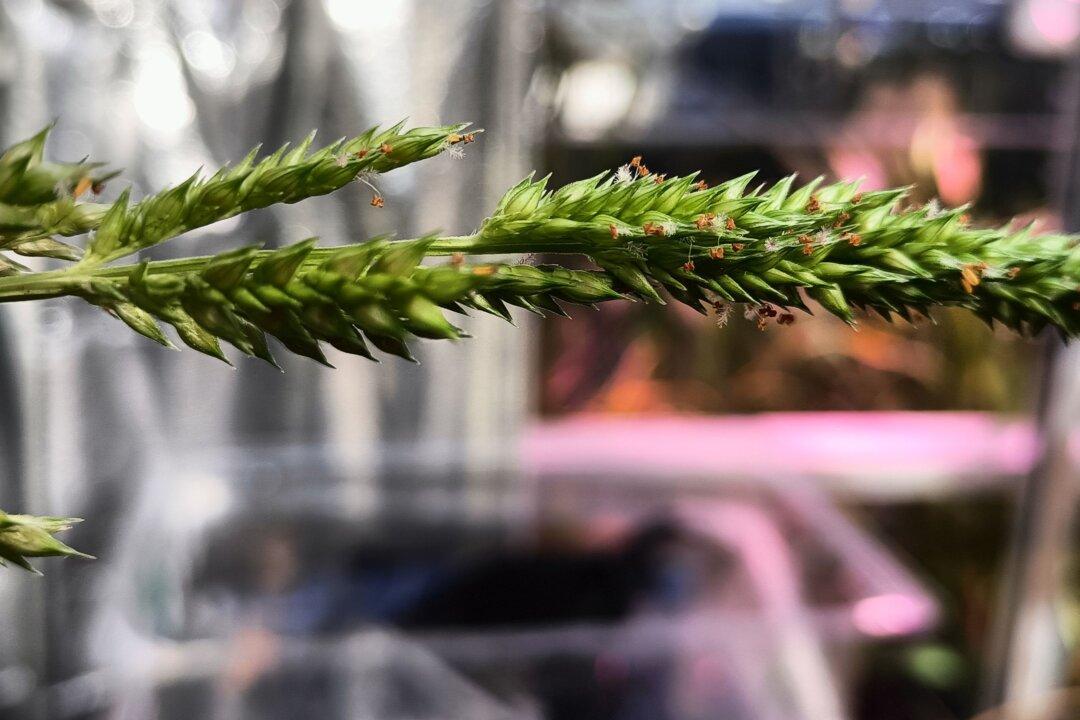Wild millet could feed the world as climate change impacts established grain crops, according to a University of Queensland (UQ) research project on Oct. 26.
Queensland Alliance of Agriculture Ph.D. candidate Rahul Chandora analysed the genome of channel millet to help evaluate its past use and determine its future potential.





